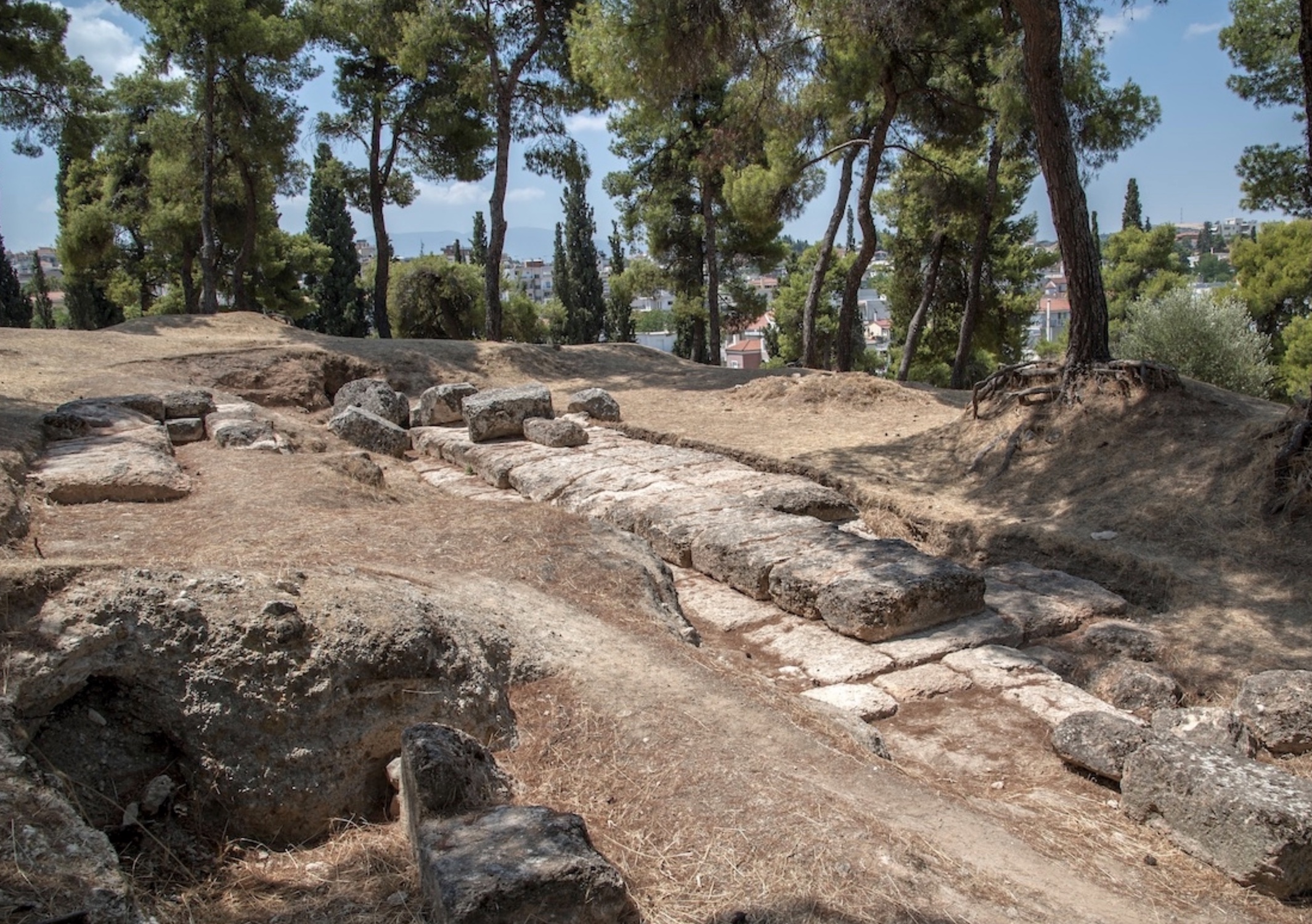1. Excavation Reports
Abstract
Thierry LUCAS (École française d’Athènes)
Jesús GARCIA SANCHEZ (Instituto de Arqueología, Mérida IAM, CSIC-Junta de Extremadura)
LiDAR Operation in Boeotia:
Akraiphia and the Vale of the Muses

Published
How to Cite
Issue
Section
License

This work is licensed under a Creative Commons Attribution-NonCommercial 4.0 International License.

